Solving Hitori puzzles is about recognizing patterns. I will show you some examples of those patterns. They can be split into two groups, one of those that depend solely on the initial positioning of numbers, and another group of patterns that depend on the black and white cells which have been painted in the solving process.
One trivial advice that you should always keep in mind: if a cell cannot be black, it must be white! And vice versa. From this comes one simple solving technique: when you conclude that a cell must be painted, circle the numbers in all four adjacent cells to indicate that they must be left unpainted. Now, back to the patterns:
Corners
Check the corners first. Here is an example:
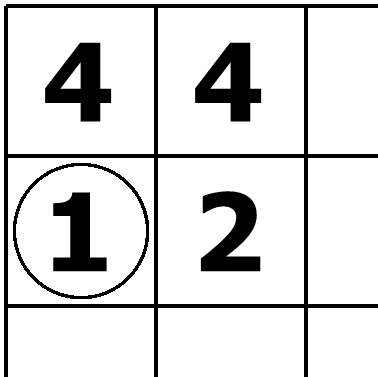 When you have 2 same numbers adjacent to each other in a corner, you can circle at least one other number. Why? It is easy to see that the 1 cannot be black, because one of the 4s must be black. If the leftmost 4Â were black, the 1Â would be adjacent to it. If the rightmost 4Â were black, the 1Â couldn’t be black because those two black cells would isolate the other 4 in the corner, which is against the 2nd rule of Hitori. Got it?
When you have 2 same numbers adjacent to each other in a corner, you can circle at least one other number. Why? It is easy to see that the 1 cannot be black, because one of the 4s must be black. If the leftmost 4Â were black, the 1Â would be adjacent to it. If the rightmost 4Â were black, the 1Â couldn’t be black because those two black cells would isolate the other 4 in the corner, which is against the 2nd rule of Hitori. Got it?
Here are some other similar patterns that occur in corners:
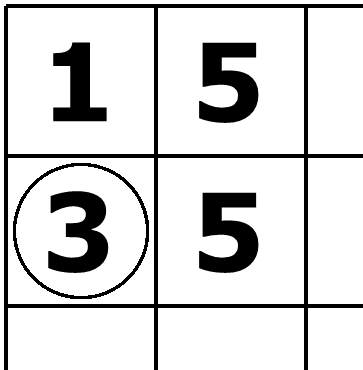
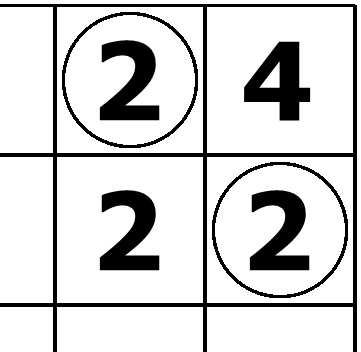
And here are some other examples for you to practice:
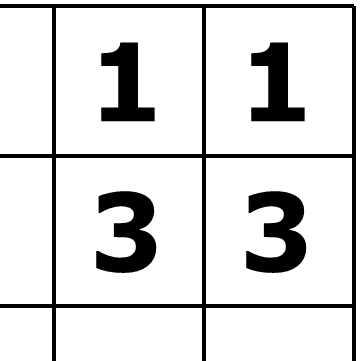
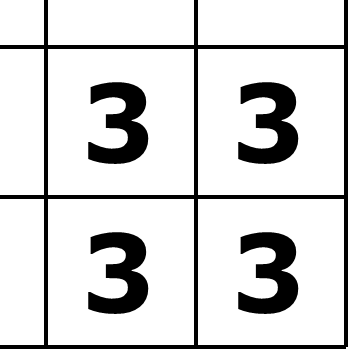
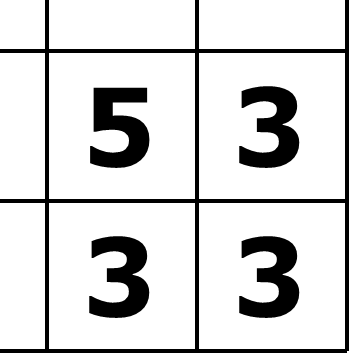
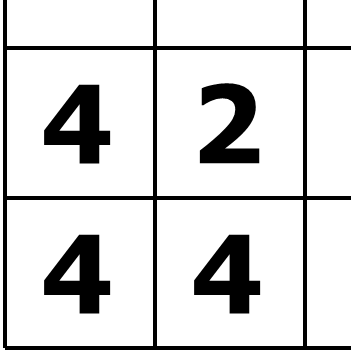
Squeezed in the middle
This is probably the most common pattern in Hitori puzzles.
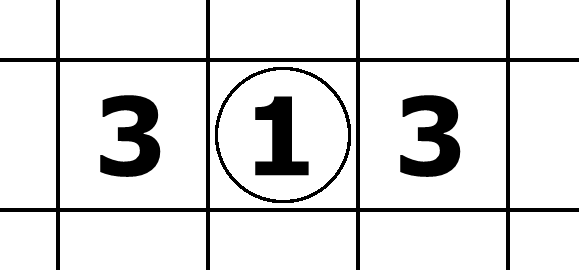
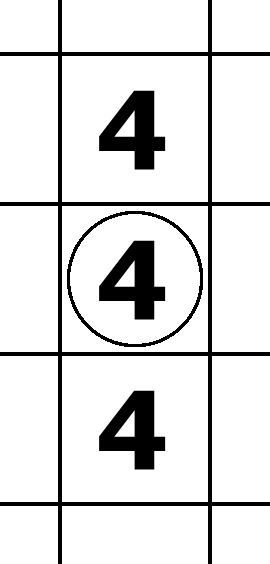 A number squeezed between two same numbers must be white! If it were black, it would eventually cause two black cells to be adjacent, which is not allowed.
A number squeezed between two same numbers must be white! If it were black, it would eventually cause two black cells to be adjacent, which is not allowed.
Oh, and don’t be put off by three same numbers adjacent in a row or column. The same rule applies.
Elimination
By the way, once you’ve circled a number, make sure to eliminate all other occurrences of the same number in the same row and column:


No room for three
Another very common pattern is when two same numbers are adjacent to each other and there is another one in the same row/column. Obviously, one of the adjacent 3s will have to be white (they can’t both be black). Whichever one it is, the 3rd 3Â in the same column will have to be black, as you can’t have two 3Âs in one column.
Those were the basics. That’s how you start solving any given puzzle. In a few days, I will post some more complex patterns that are used in the more difficult of puzzles.

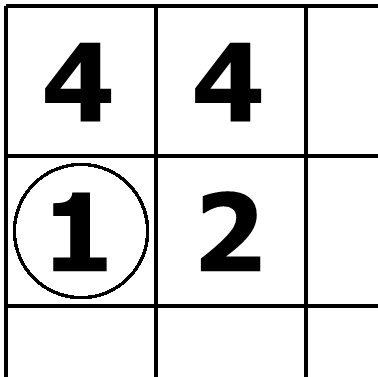












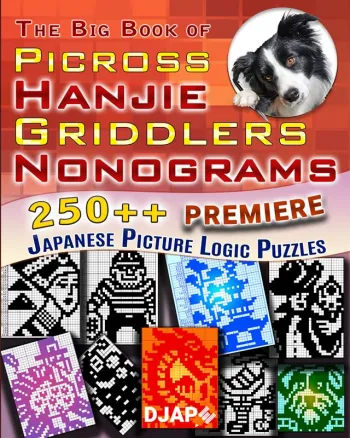



0 Comments